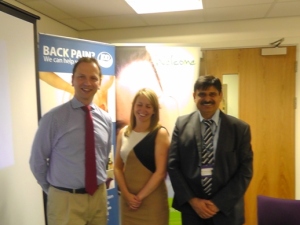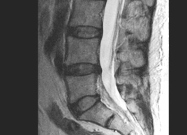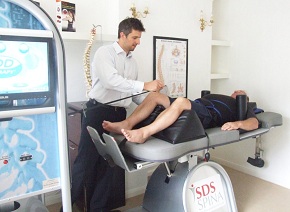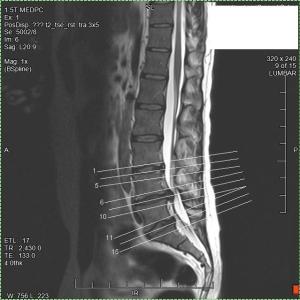The other morning, one of my daughters was watching the TV shopping channel where ‘Shaun T’ was selling the 60 day workout programme – INSANITY.
I had actually heard of Insanity because my gym instructor had lost 2 stone doing the programme and also, he had the classic “after shot” physique! So I watched some of it and it got me thinking about back pain.
One of the bonuses Insanity gives is a 60 day wall chart calendar where people tick off their exercise days.
Why would Insanity offer that?
Sure, it’s a free bonus but they could give any kind of bonus. The reason they choose the Wall Calendar is to help customers with self-discipline and thus help customers comply with the programme.
Such an approach is more likely to lead to a happy customer and therefore company is happy because they don’t have to honour the money back guarantee from people giving up!
You may have read my piece about using exercise diaries to plan when patients will do their exercises. This is a way to help patients be more disciplined in planning and doing their exercises so they get the benefits (i.e. diaries help with compliance).
Why not go a stage further and get some A3 clinic-branded posters printed with a 60 day exercise planner?
Give one to each patient to put on their wall; they then tick off the days as they do their exercise.
For 2-5p, a (branded) wall calendar is something else to hold patients accountable to themselves.
It contributes to an overall professional patient approach and since you are giving it to your patient like a piece of homework, they may feel honour-bound to use it (and it just so happens to be good for them!).
Put it this way, which of these adjuncts is more likely to have a positive effect on exercise compliance?
1/ Use an exercise diary with a wall calender tracker 2/ Use nothing
You can choose to use nothing pending a clinical trial to categorically prove diaries and a wall calendar will help patients comply with their exercise programme, or you could just go for it!!!
By the way – If you want to transform your body this summer, you can see the Insanity workout programme here, over 600k Facebook likes can’t be far wrong! Not sure if my joints could take it but it does seem the Insanity programme achieves its goals http://www.beachbody.com/product/fitness_programs/insanity.do?e=5b
Author: Stephen Small
Director, Steadfast Clinics Ltd
www.SteadfastClinics.co.uk
Steadfast Clinics is the international distributor of IDD Therapy spinal decompression, SDS SPINA, Accu SPINA devices, Thermedic FAR infrared therapy systems and HydroMassage machines.





![decompression[1]](http://steadfastclinics.files.wordpress.com/2013/02/decompression1.jpg?w=300)